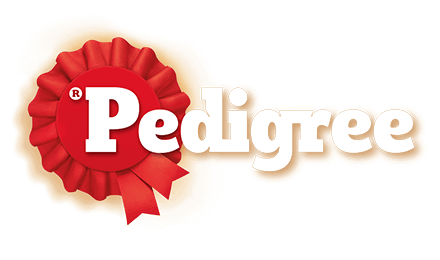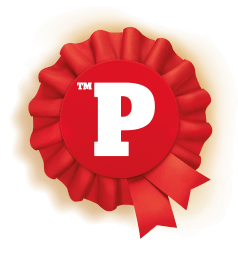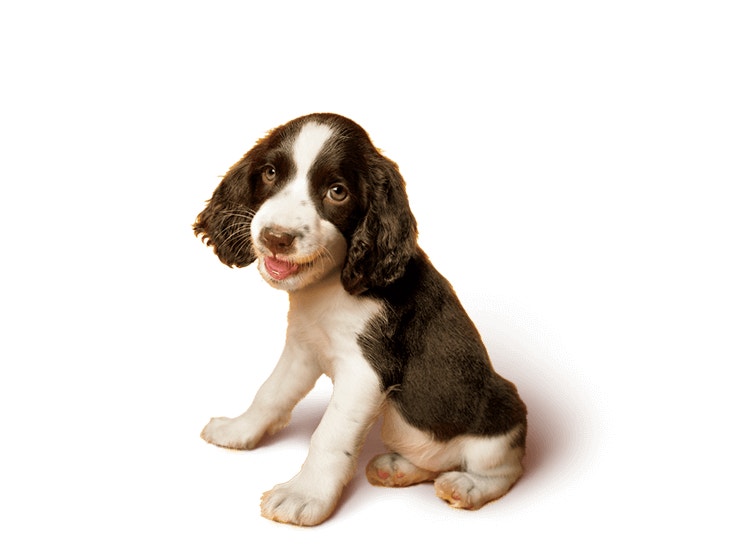5.Adolescence
Puppies mature very quickly, and the smaller the breed, the faster they reach maturity. In small breeds, adolescence can start as early as 5 months. In larger breeds, it can start as late as 9 or 10 months, and giant breeds might not go through adolescence until 12-18 months.
Depending on the size of your puppy’s breed, adolescence will last anywhere between a few months and a year. Once dogs reach maturity, their rate of ageing slows down. Despite the “seven years” myth, mature dogs age at the rate of about four dog years for every human year.
Recognising adolescence in your dog
When your dog reaches adolescence, you might see some or all of the following behaviours:
- Aggression
- Plenty of energy
- Extremely short attention span
- Poor socialisation
- Disobedience
- Wandering
- Leg cocking (males)
- Obsessive mounting behaviour
Coping with your dog’s adolescent phase
After all the hard work you have put into your puppy’s training, your dog’s adolescence can be a bit frustrating.
A dog’s instinct tells the animal that it is time to get out and about, leave their scent everywhere, and see off competition. Your challenge is to allow your dog some freedom without getting into too many uncomfortable situations with other dogs and their owners.
Ritual fighting
When adolescent dogs challenge each other, a scuffle is almost inevitable. However, it’s very unlikely to result in injury. Once one has established itself as ‘top dog’, the fight usually ends in a few seconds. And a part of adolescence is learning the rules. So, you don’t need to keep your adolescent dog away from other dogs. It will simply grow up frustrated and poorly socialised. Properly socialised puppies will “mock bite” without causing injury. However, if your dog does injure another, it will need a specialised “bite inhibition” training.
Intensify the training
During this time, it’s essential to keep working on every aspect of your dogs’ training. Give them lots of praise and rewards to boost their self-esteem while they work off some of their extra energy. Don’t give up…adolescence won’t last forever.






